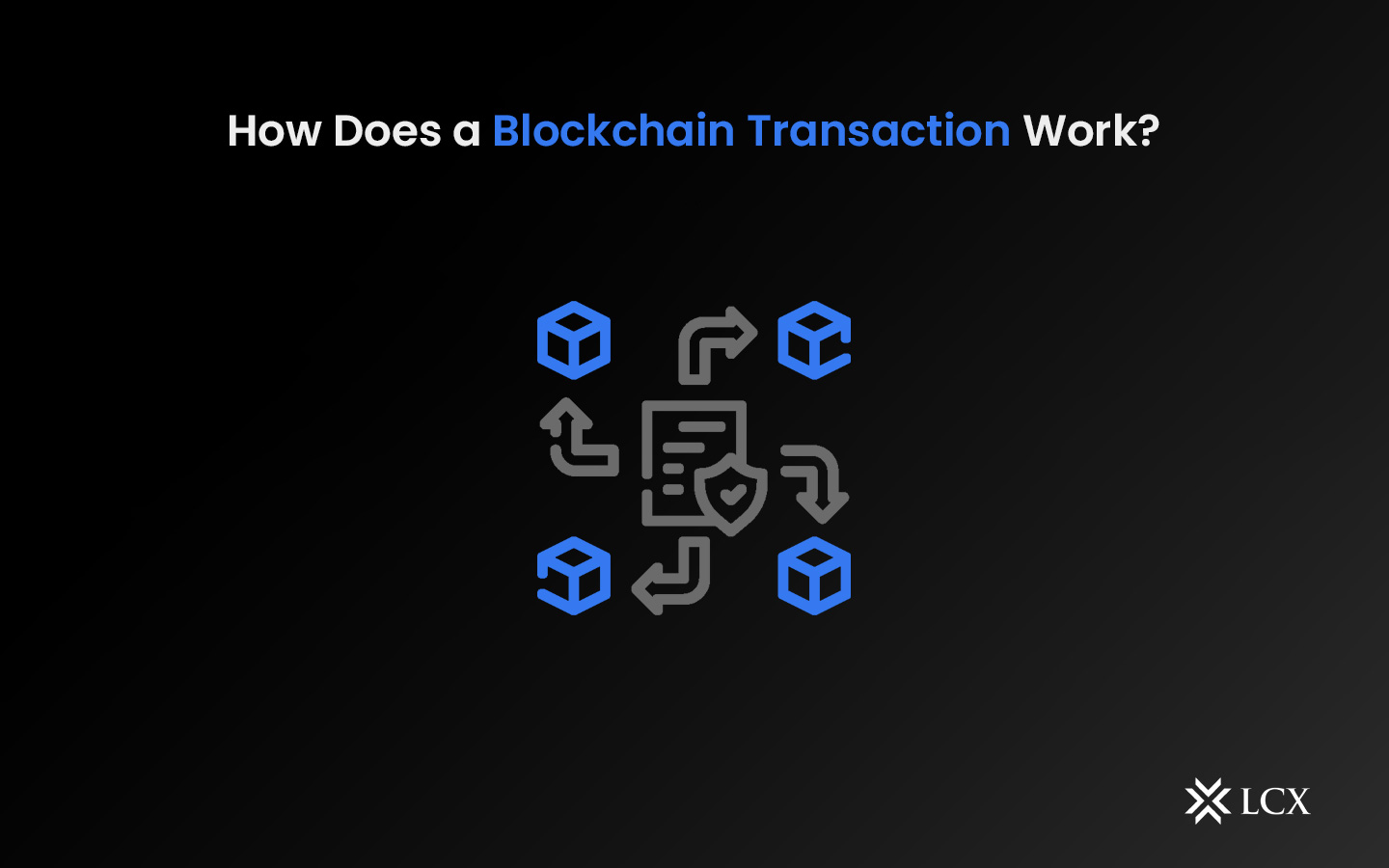Key Components of a Blockchain Transaction
- Sender’s Address: Every transaction originates from a sender’s cryptocurrency wallet address. This address serves as a unique identifier and is derived from the sender’s public key.
- Recipient’s Address: The recipient’s address is the destination where the digital assets will be sent. Similar to the sender’s address, it’s a product of the recipient’s public key.
- Amount: The amount of cryptocurrency being transferred is a critical component of any transaction. It specifies the quantity of digital assets changing hands.
- Transaction Fee: To incentivize miners to include their transactions in the blockchain, users attach a transaction fee. Miners prioritize transactions with higher fees, as they receive these fees as rewards for their efforts.
- Signature: Before a transaction is added to the blockchain, it must be verified by the network. The sender signs the transaction using their private key, demonstrating ownership of the assets being transferred.
- Timestamp: Each transaction is timestamped, providing a chronological record of when the transaction occurred. This contributes to the transparency and immutability of the blockchain.
How Does a Blockchain Transaction Work?
- Initiation: The transaction process begins when a user creates and signs a transaction using their private key. The transaction includes the recipient’s address, the amount being transferred, and the transaction fee.
- Propagation: Once created, the transaction is broadcast to the cryptocurrency network. Nodes on the network receive and validate the transaction, ensuring that the sender has the necessary funds and the transaction adheres to the network’s rules.
- Verification: Miners play a pivotal role in the verification process. They collect transactions into blocks and compete to solve complex mathematical puzzles. The first miner to solve the puzzle gets the opportunity to add their block of transactions to the blockchain.
- Consensus Mechanisms: Different blockchain networks employ various consensus mechanisms, such as Proof of Work (PoW) or Proof of Stake (PoS), to determine which miner gets to add the next block. PoW involves solving computationally intensive puzzles, while PoS depends on the amount of cryptocurrency a miner holds and is willing to “stake.”
- Block Addition: Once the block is added to the blockchain, the transaction becomes an immutable part of the ledger. The transaction is now confirmed, and the recipient’s wallet balance is updated.
- Confirmation: Depending on the blockchain’s design, transactions might require multiple confirmations (additional blocks added after the block containing the transaction) to be considered fully secure and irreversible. This guards against potential network reorganizations or attacks.
What Are the Fundamentals of a Blockchain Transaction?
Security is one of the most important characteristics of blockchain transactions. Let’s examine the main components of blockchain technology that contribute to the security of each blockchain transaction.
Hash encryptions
Blockchain uses hashing and encryption technology, primarily the SHA256 algorithm, to secure data. Consequently, the SHA256 algorithm transmits the transaction details as encrypted data (hash encryption), which is then added to the blockchain following verification. The SHA256 algorithm makes it practically impossible to break hash encryption.
Authentication and authorization
Using cryptographic keys, which are essentially sequences of data identifying a blockchain user and granting access to their account on the system, blockchain transactions are authenticated. Private and public cryptographic keys guarantee the success and security of transactions between two parties. A blockchain user establishes a secure digital identity for controlling and authorizing transactions using these keys.
Mining
In blockchain technology, mining refers to the process of adding transactions to the distributed digital public ledger of extant transactions (or the blockchain). Although mining is most commonly associated with Bitcoin, it also pertains to other blockchain use cases. A hash of a block of transactions is created during the mining procedure. Since the hash is unforgeable, it safeguards the integrity of the entire blockchain without the need for a centralized system, such as a bank or regulatory body.
Proof of work
A majority of the network’s computers (nodes) must concur on a transaction’s validity before it can be added to a public blockchain. In order to add a block to the chain, network node owners must solve a complex mathematical conundrum known as the proof of work problem. Mining is the process of solving the proof of work problem, and miners are compensated for validating transactions.
Proof of stake
In a blockchain, proof of stake is a validation consensus protocol for processing transactions and creating blocks. It requires blockchain participants to have a property in the blockchain, typically in the form of cryptocurrency ownership. Therefore, owners of cryptocurrencies have the opportunity to validate transactions by presenting their holdings as collateral. Proof of stake is an alternative to proof of work that conserves significant computing power and resources.
What Are the Security Measures in Blockchain Transactions?
- Cryptography: Cryptography forms the foundation of blockchain security. Private and public key pairs ensure that only the rightful owner can initiate transactions from a given wallet address.
- Decentralization: The decentralized nature of blockchain networks prevents single points of failure. Transactions are verified by multiple nodes, reducing the risk of manipulation or fraud.
- Immutability: Once a transaction is added to the blockchain, it becomes virtually impossible to alter. The transaction is linked to the previous block through cryptographic hashes, creating a chain that is resistant to tampering.
- Consensus: The consensus mechanism ensures that the majority of network participants agree on the validity of transactions. This prevents malicious actors from manipulating the network for their gain.
Conclusion
Blockchain transactions represent a revolutionary shift in how value is exchanged, combining transparency, security, and decentralization to create a new paradigm for financial interactions. As blockchain technology continues to evolve and find applications beyond cryptocurrencies, a solid understanding of how blockchain transactions work is essential for anyone navigating this exciting landscape. By grasping the intricacies of these transactions, individuals can harness the power of blockchain for secure and efficient exchanges of digital value.
Tags: Insights
